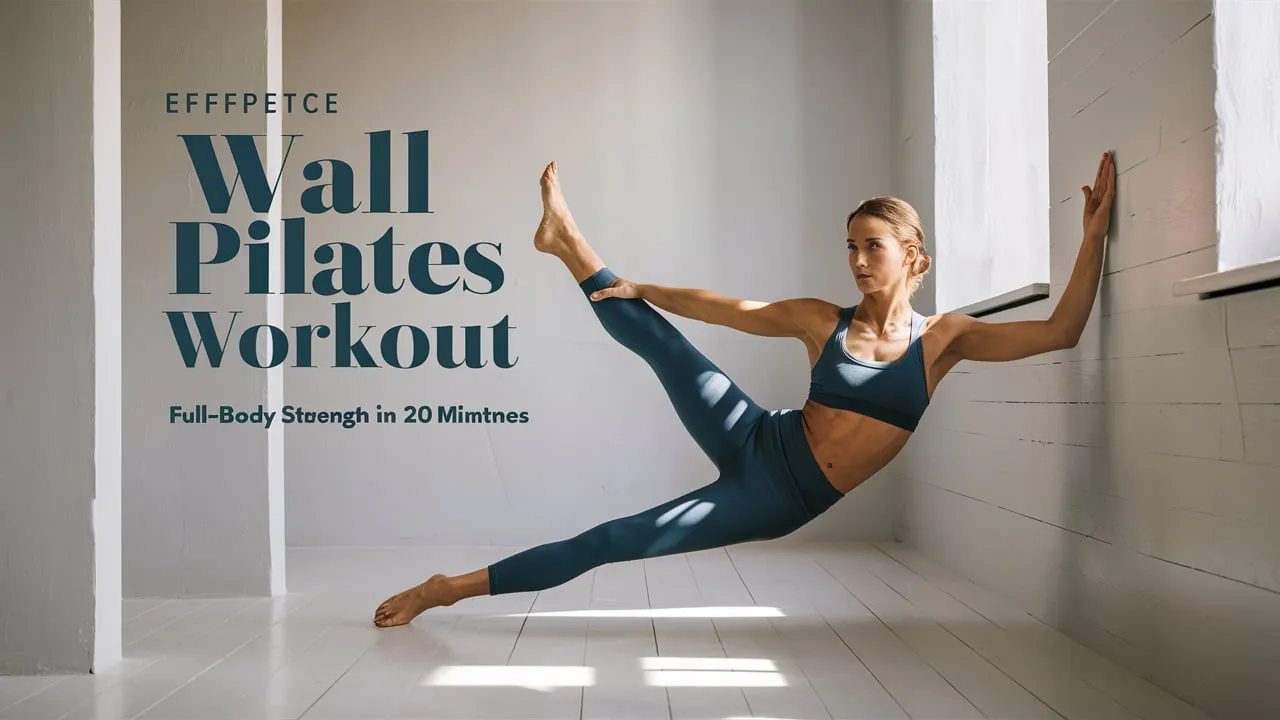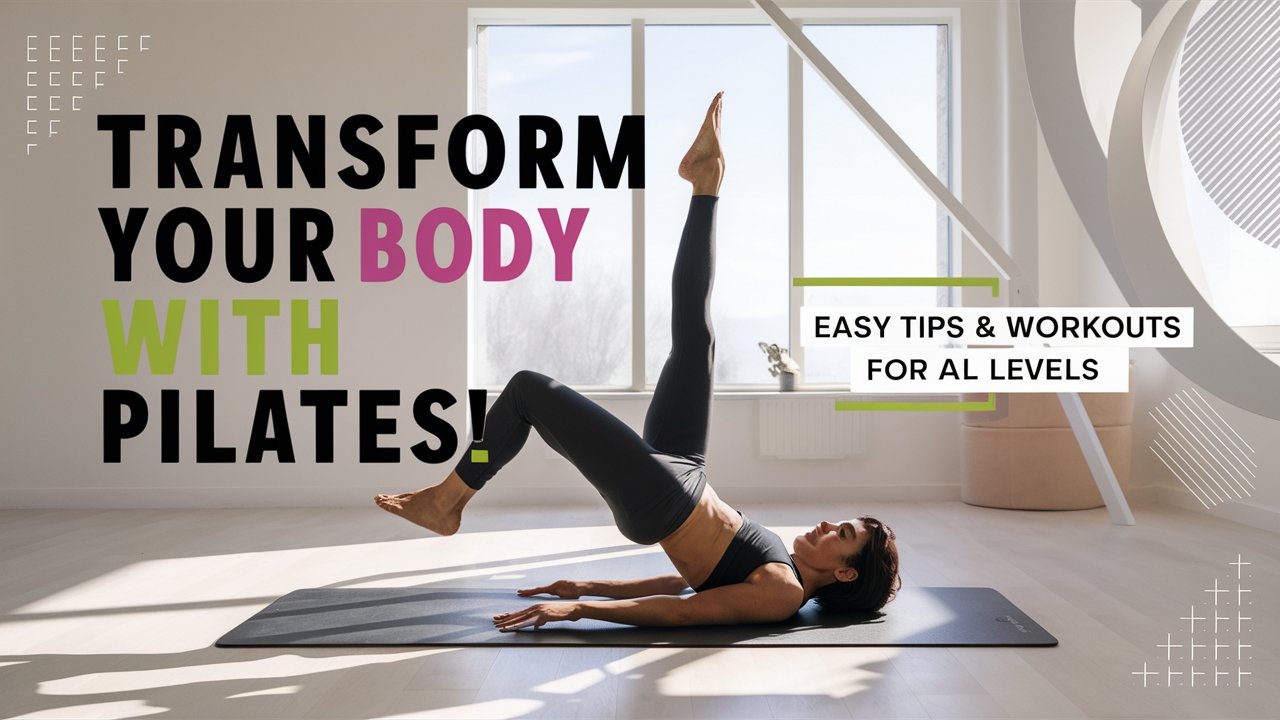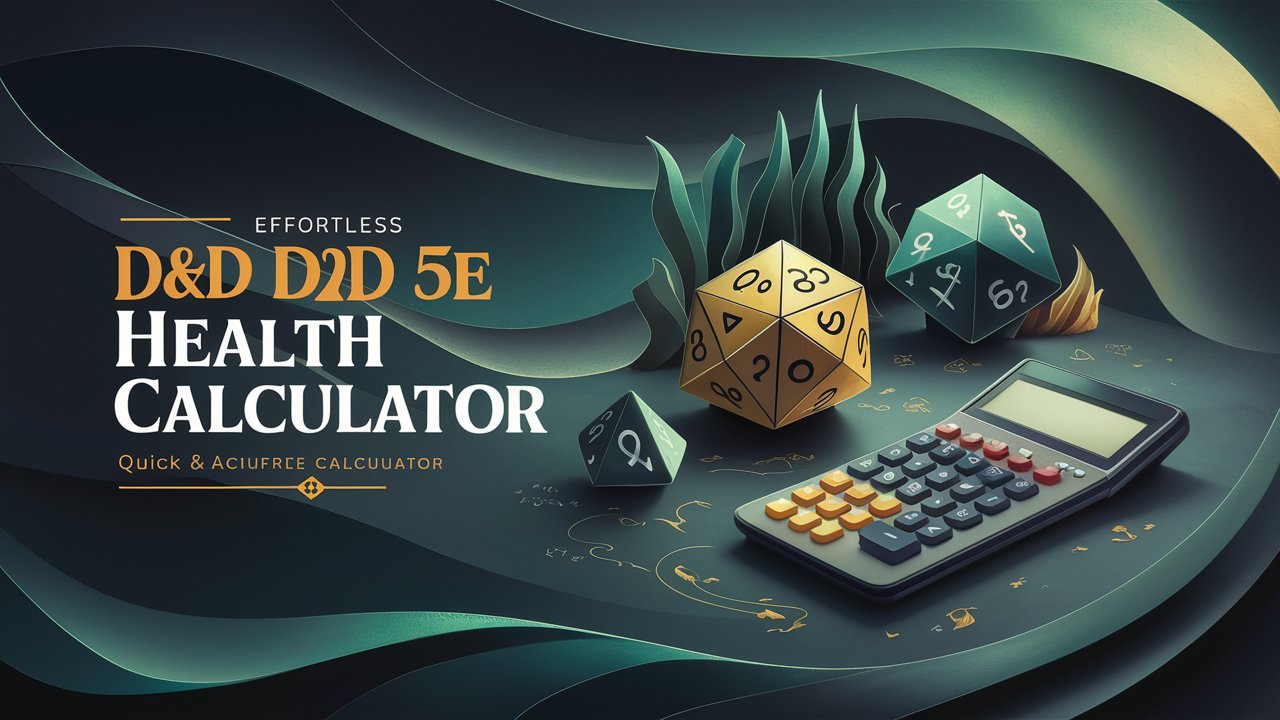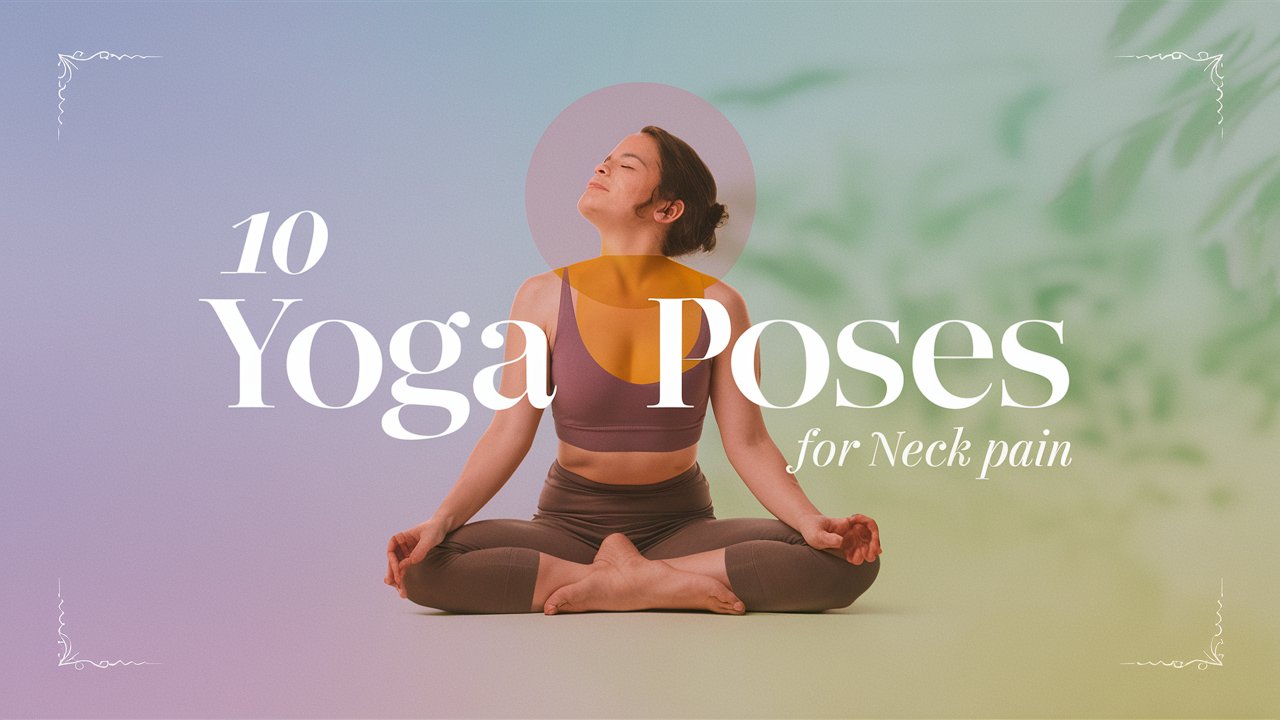Somatic Yoga Exercises for Beginners:

Table of Contents
Welcome to the world of somatic yoga! This gentle, mindful practice combines elements of traditional yoga with somatic movement exercises to enhance body awareness and promote deep relaxation. Whether you’re new to yoga or looking to deepen your practice, somatic yoga offers a unique approach to help you connect with your body and mind in a more profound way.
What is Somatic Yoga?
Somatic yoga is a fusion of yoga postures and somatic movements designed to increase awareness of the body’s sensations. Originating from the Greek word “soma,” meaning “living body,” somatic yoga emphasizes internal physical perception and experience. Unlike traditional yoga, which often focuses on achieving perfect poses, somatic yoga encourages a deeper exploration of how movements feel from the inside out.
Benefits of Somatic Yoga
Physical Benefits:
- Improves flexibility and mobility
- Enhances posture and alignment
- Reduces muscle tension and pain
- Increases body awareness and coordination
Mental and Emotional Benefits:
- Promotes relaxation and reduces stress
- Enhances mind-body connection
- Improves concentration and mental clarity
- Supports emotional well-being and resilience
Preparing for Somatic Yoga
Before starting your somatic yoga practice, create a calm and comfortable space. Ensure you have a yoga mat, comfortable clothing, and any props you might need, such as a blanket or cushion. It’s also helpful to have a quiet environment where you can focus without distractions.
Somatic yoga has been gaining traction lately, sparking both curiosity and questions. You might find yourself wondering, “What exactly is somatic yoga?” Or perhaps you’re curious about whether it’s worth all the hype?
In today’s fast-paced world, it’s easy to lose touch with our bodies. External stimuli, work or school demands, stressors, Traumatic experiences, external pressures, and distractions can take a toll on the nervous system. It can often lead to an unconscious desire or urge to disconnect and detach from the body.
Somatic yoga exercises offer a path to reconnect with ourselves. Somatic yoga encourages us to tune into our internal landscape in order to sense and feel what’s happening within. Engaging in somatic yoga practices can be a nurturing and healing experience as we are invited to listen and attend to our needs, experiences, and inner sensations with love and compassion.
In this blog post, you’ll learn about what somatic yoga is, the benefits of the practice, and you’ll get to explore ten somatic yoga exercises for beginners.
Somatic Yoga Benefits
Below are several benefits you can experience–physically, mentally, and emotionally–by engaging in a consistent somatic yoga practice.
1. Stress and Anxiety Relief
Somatic yoga practices can elicit the relaxation response, helping you move from sympathetic activation (“fight-or-flight”) to parasympathetic activation (“rest-and-digest”).
Stress and anxiety can often manifest in the body as physical symptoms. Physical symptoms include: muscular tension, quick and shallow breathing, restricted breathing, increased heart rate, headaches, dizziness, fatigue, brain fog, digestive issues, tingling sensations, lightheadedness, and more.
Somatic movement practices encourage you to slow down the pace, inviting you to take stock of what is happening internally. This inward exploration empowers you to tend to these physical and emotional sensations with compassion and care through gentle movement and breathwork. A slower pace sends reassuring messages to your nervous system. These safe messages can encourage your body to release stored physical and emotional tension, calm racing thoughts, promote feelings of relaxation, enhance body awareness, and can encourage a more expansive breath.
Furthermore, somatic yoga exercises are typically grounding and gentle on the body. The slow, gentle and grounding qualities of somatic yoga practices reduce the release of stress hormones, like cortisol, and instead invite a release of feel-good hormones into the body.
2. Facilitate the Release of Stored Emotions
Emotional repression may have been a useful adaptive strategy developed in childhood as a way to maintain attachment to caregivers, friends, family members, educators, and so on. You may have been told to “suck it up” when you were crying, or perhaps you were told to “get over it” when something angered you. Many of us unconsciously pushed down emotions because it just didn’t feel safe to feel or express.
This pattern of emotional repression may have followed you into adulthood. Many of us continue to suppress strong emotions as they come up throughout the day as acknowledging and expressing emotion may feel unfamiliar, and it can stir up feelings of discomfort. Instead of emotional expression, we might turn to numbing behaviors like scrolling through TikTok videos for hours, binge-watching shows on Netflix, or snacking on comfort food to avoid feeling intense and overwhelming emotions. Pushing your feelings aside might offer temporary relief; however, the emotions are still lingering beneath the surface just waiting to be acknowledged and expressed.
Somatic movement practices invite you to get into your body. As you explore your internal landscape, you might notice and feel areas where you’re holding onto emotions. The hips, especially the psoas muscle, is known to store lingering and unprocessed emotions. Somatic exercises for the hips can be very useful in facilitating the release of trapped emotions.
Somatic practices create a safe space for letting go of repressed and suppressed emotions. As you explore your internal landscape, you begin to sense what you’re feeling and where you’re feeling it. Through this exploration, you may begin to understand how emotions manifest physically in your body. For instance, feelings of grief or sadness might lead to rounded shoulders, increased muscular tension in the upper back, shallow breathing, and tightness in the throat.
Ultimately, somatic practices help build emotional resilience.
3. Ease Chronic Pain
Somatic yoga exercises are said to be a useful movement practice for managing chronic pain. On the surface, chronic pain often appears to be a physical concern; however, studies show that chronic pain is influenced by mental and emotional factors. Rumination, self-criticism, judgmental thoughts, painful memories, traumatic experiences, stressors, and more, can stir up strong emotions within the body. If these emotions are held within the body for prolonged periods of time, these emotions can start showing up as physical pain.
If there’s a habitual pattern of suppressing feelings of anger, you may find that certain areas of your body store more tension than other areas. For instance, you may find that you clench your teeth often when feelings of anger or resentment arise. A habitual pattern of suppressing anger could lead to jaw discomfort or pain.
Somatic yoga practices help facilitate the release of stored physical and emotional tension, aiding in the expression and release of emotions that may be contributing to physical sensations, such as pain. As emotions are expressed, you may notice that certain areas of your body feel less tense, more open, and relaxed. Energy, blood, lymph, and your breath may begin to flow with greater ease, which can also play a role in pain reduction.
Somatic yoga invites you to approach your body and the sensations you feel with compassion, respect and love. It can be extremely challenging to show compassion to pain, as pain can feel like an enemy. In my own experiences with chronic pain, I’ve discovered that pain is a message from my body urging me to pay attention to something important. When we demonstrate compassion and love towards the body, we release pain-reducing chemicals like endorphins and oxytocin into the body. This release can help reduce pain and promote feelings of joy.
4. Improve Flexibility and Mobility
Somatic movement practices invite a deeper and more intimate conversation between mind and body. This inner conversation builds awareness in relation to the state of your nervous system. The state of your nervous system can inform your body map. Each of us has a “map” in our brain that tells us how the body is organized in relation to structure, function, location, and size. If you find yourself in a seated posture for long periods of time throughout your day, your brain may start to believe that flexion is a natural state. If this pattern is repeated without giving your brain new movement input, you may find that your hip flexors feel tight, glute and core muscles feel weaker, your shoulders are rounded, and your chin pokes forward. This can lead to movement restrictions, tension, discomfort, and pain in the body.
Somatic movement practices offer a way to retrain your nervous system by introducing your brain to fresh experiences through slow, mindful movements. Somatic exercises can help reshape habitual movement patterns into ones that are more functional, sustainable, efficient, and comfortable for your body. By providing your brain with new input, you’re essentially updating your body map. In other words, this new information can change the way your brain controls and senses your muscles. This can result in improvements in flexibility, mobility, posture, overall body awareness, balance, and coordination.

Somatic Yoga Exercises for Beginners
As you engage in the following somatic exercises, consider closing your eyes if that feels good in your body. Closing your eyes can help draw your focus inward, reducing external distractions and allowing you to deepen your connection with your body.
While exploring these somatic exercises, notice what is happening internally. You are invited to approach these inner sensations with curiosity. Allow your sensations to guide and inform your practice. Depending on your body’s feedback, you might choose to linger in a posture longer, adjust your breathing pattern, skip certain movements, adjust the pace, or back out of a posture to find what feels good in your body. Listen to your body, honoring and respecting its wisdom.
If you experience any discomfort or pain during these exercises, consider adjusting the range of motion. If the pain persists, stop the exercise and focus on your breath. Feeling safe and at ease in your body is what matters most.
1. Full Body Scan

How To:
- Ease your back body onto your mat or a soft surface.
- Extend your legs out long and allow your arms to rest at your sides.
- It may feel nice to snuggle your shoulder blades down to create more space between your ears and shoulders.
- Allow your back body to settle against the surface beneath you.
- Soften your gaze or close your eyes.
- Gently scan your body for points of connection, starting with your feet and going all the way up to your head.
- Observe which parts of your body are lifted away from the ground. Can you visualize the space between your mat and your spine’s natural curvature?
- Sense the weight of your body against the surface beneath you. Can you feel the ground rising up to meet your back body, offering support, comfort and nourishment?
- Without changing your breathing pattern, sense your breath moving through your body. Observe where you feel your breath moving your physical body.
- Scan your body for areas of tension starting at your feet and then slowly moving towards the crown of your head, gently scanning one area of your body at a time.
- When you find an area of tension, explore sending your breath to that area to encourage a softening and release of muscular tension.
- Once you have scanned the length of your body, allow yourself to rest in this position for as long as it feels good in your body. It can be nourishing to stay in savasana or corpse pose for 10 to 20 minutes.
Transitioning Out:
- When you feel ready, bring some movement back to your body by wiggling through your fingers and toes. It may feel nice to take a full body stretch.
- Slowly bend at your knees, lower your knees to one side, rolling onto your side body.
- Pause here for a moment, sensing and feeling this new relationship to the ground.
- In your own time, slowly press yourself up to a seat on your mat.
- Take a moment to reorient yourself to your space, taking in your surroundings. You can name 5 things you see, 4 things you feel, 3 things you hear, 2 things you smell, and 1 thing you taste (real or imagined).
2. Moving Bridge

How To:
- Lower your back body to the earth.
- Bend at your knees, placing the soles of your feet on the ground about hip-distance apart.
- Allow your arms to rest at your sides, palms face up or down.
- Begin by gently rocking your pelvis forward and back, exploring some gentle movement in the lower back.
- When this feels complete, rock your pelvis forward so that your lower back connects with the earth, root down through your feet and arms as you slowly lift your pelvis, lower back and mid-back away from the ground.
- Observe which muscles activate to support you in this pose.
- When you feel ready, slowly lower your back body to the ground, lowering one vertebra to the earth at a time (starting with your upper spine and slowly moving in the direction of your pelvis).
- Once your tailbone meets the ground, explore relaxing the muscles that were activated, allowing your legs, gluteal muscles, back body and abdominal muscles to relax.
- Repeat this somatic yoga exercise as many times as feels good in your body.
- You can synchronize your breath with the movement. It may feel good to breathe in as you lift and breathe out as you lower.
- When this exercise feels complete, observe what you notice internally–it could be a physical sensation that’s calling your attention, an emotion, an impulse, hunger, a physical or emotional release, and so on.
Transitioning Out:
- With your back body resting on the ground, lower your knees to one side, and roll onto your side.
- Pause here for a moment.
- When you feel ready, gently press yourself up to a seat on your mat.
- Take a few breaths in and out as you reorient yourself to your space.
3. Knee Rock with Cactus Arms

How To:
- Ease your back body onto your mat or a soft surface.
- Bend at your knees, place the soles of your feet on your mat, and then walk your feet wider than shoulder-width apart.
- Extend your arms left to right, and then bend at your elbows to find cactus arms.
- An invitation to soften your gaze or close your eyes.
- Slowly rock your knees to one side. Stay in a range that feels good in your body.
- Slowly move your knees through center before lowering them to the other side.
- Continue this knee rock at your own pace and rhythm, moving with your breath.
- As you move, observe how your weight shifts across your pelvis.
- Sense the movement that is taking place in your hips, pelvis, and along your spine.
- There is an option to gently roll your head from side to side. Your head can either move with your knees or in the opposite direction.
- How does it feel to coordinate the knee movement with your head?
- When this feels complete, bring your knees and head back to center.
- In this moment of rest, sense what is happening internally. Do you feel any tingly sensations? Are you experiencing feelings of ease and relaxation? Is there less tension along your spinal chain? Are there any feelings or emotions surfacing?
Transitioning Out:
- In your own time, lower your knees to one side, and roll onto your side.
- Pause here for a moment to sense and feel the ground beneath you.
- When you feel ready, slowly and gently press yourself up to a seat on your mat.
- It may feel nice to stretch your upper body, while taking a few conscious cycles of breath before carrying on with your day.
4. Half Wind Removing Pose

How To:
- Lower your back body onto your mat or a soft surface.
- Place the soles of your feet on your mat and allow your arms to rest along your side body for a moment.
- Sense your back’s connection to the ground.
- Draw your right knee in towards your chest.
- Interlace your fingers, and place your hands around your right shin.
- You can stay here, or you can extend your left leg out long.
- Observe the compression in your right hip flexor, and the gentle opening across your left hip flexor.
- Explore directing your breath towards your belly to give your digestive organs a nourishing massage.
- You may wish to remain here, or you can explore pressing your right shin into your hands and your hands press back, creating some resistance.
- You can stay here, or you can explore hovering your left leg off of the ground.
- Sense your core muscles, directing your attention to your lower abdominal muscles.
- To add on, you may choose to lift your head and shoulder blades away from the ground as you bring your nose closer towards your right knee.
- You may be able to feel your upper abdominal muscles activate.
- When you feel ready, lower your shoulders, head, and left leg to the earth.
- Release your right shin, lower your right foot to the ground.
- Bend at your left knee so that both feet are resting on the ground, and release your arms to your sides.
- As you rest here, take stock of what’s still moving even in the stillness.
- When you feel ready, explore the same sequence on the other side.
Transitioning Out:
- With both feet on the ground, lower your knees to one side, and roll onto your side.
- You can use your bottom arm as a pillow to cradle your head and neck.
- Rest here for a moment.
- When you feel ready, press yourself up to a seat on your mat.
- Explore breathing in and out for a few rounds, following the flow of your breath.
5. Seated Torso Circles

How To:
- Sit in a cross-legged seat.
- You can sit on a folded blanket or towel to invite a gentle lift of the hips.
- Observe your connection to the earth.
- Gently place your hands on your thighs or your knees.
- You can soften your focus or you can close your eyes.
- Start to draw slow circles with your torso.
- As you come forward, explore reaching your tailbone back as you lift your chest and chin slightly.
- As you continue your circle, begin to round through your spine, draw your belly button back, and lower your chin closer towards your chest.
- Continue moving your torso in a circle.
- You can decide upon the pace and the range of motion.
- You are invited to move with your breath, breathing in a way that supports this spinal movement.
- As you move, observe how your weight is shifting across your pelvis.
- Sense how this movement ripples up your entire spine, inviting movement in the lumbar spine, thoracic region and cervical spine.
- Observe areas of easeful movement, as well as areas of restriction.
- You can reverse the direction of your circle whenever it feels good.
- Explore stillness when this somatic movement feels complete to you.
- Breathe in and out as you sense how that movement felt in your body.
- Remain in this cross-legged seat for as long as you would like before opening your eyes.
6. Seated Side Body Stretch

How To:
- Sit in a cross-legged seat.
- You can choose to lift your hips by sitting on a folded blanket or towel.
- Place your left hand on your right thigh or knee, gently taking hold.
- Slowly reach your right hand towards the sky, and then reach towards the left side to find a gentle side body stretch.
- Breathe into your right side body.
- You may decide to come in and out of the stretch, or you may explore stillness.
- You can choose to look forward, up, or down, listening to your body, and honoring what would feel best for your neck.
- Can you use your breath to soften areas of tension, or areas where you find yourself gripping or holding?
- Observe the spaciousness being created on the right side of your body, as well as the compression on the left side.
- When this feels complete, come back to center and release the stretch.
- Before exploring this somatic yoga exercise on the other side, observe whether you feel any differences between your right and left side.
- Repeat this same sequence on the other side.
- Once this exercise feels complete in your body, pause and notice how you feel. Does your side body feel more open? Do you feel more grounded and connected to the earth? Does your breath feel more full and buoyant?
7. Sphinx Pose and Half Frog

How To:
- Lower onto your belly.
- Extend your legs out long, allowing the tops of your feet to rest on the earth.
- Place your elbows under your shoulders, as you lift your chest.
- Explore a gentle tuck of your chin, directing your gaze towards the top edge of your mat.
- Sense your connection to the surface beneath you.
- Experiment with gently pressing your forearms down and back (forearms stay exactly where they are) to encourage an opening across your chest.
- Explore directing your breath towards your belly.
- You can stay here, or you can bend at your right knee, opening your right leg to the right side.
- Play around with the placement of your leg to find a place of comfort and ease as you open up through your right hip.
- You can choose to remain here in stillness, or you can curl your left toes under, allowing your left toes to gently rock your entire body forward and back.
- Allow your breath to flow to the areas of your body that feel tense, tight, or are resisting the movement.
- Turn your attention inward, sensing how this gentle rock feels in your body.
- When you feel ready, explore stillness.
- Untuck your left toes, connect to your core muscles, and then slowly bring your right leg back in.
- As you rest here in Sphinx Pose, take note of whether you feel any differences between your right and left side.
- Repeat the same sequence on the other side.
Transitioning Out:
- When you feel ready to transition out of this somatic yoga exercise, lower your chest towards the ground.
- Slide your hands back so that they are under your shoulders.
- Tuck your toes under.
- Connect to your center, drawing your belly button towards your spine.
- Gently press your hands and knees down to help you press up to all fours.
- Swing your legs to one side, transitioning to a seat on your mat.
- Take a few conscious cycles of breath, giving yourself an opportunity to tune into your inner landscape.
8. Extended Child’s Pose with Pandiculation

How To:
- Begin on all fours.
- You can place a folded blanket or a pillow beneath your knees for padding.
- Allow your big toes to touch as you walk your knees either hip-distance apart or wider.
- Press your hips back towards your heels.
- Begin to fold forward, releasing your chest closer towards the earth, and allowing your forehead to gently rest on the ground or on a prop.
- You can close your eyes or soften your gaze.
- Observe where you feel your breath in your body.
- Explore sending your breath up and down your spinal chain. Perhaps when you breathe in, you visualize your breath moving from your tailbone to the base of your skull. On your breath out, imagine your breath moving from the base of your skull all the way down to your tailbone.
- Now, imagine that you are stretching your body like how a dog or cat would stretch after a nap.
- You can explore spreading through your fingers, gripping your mat, reaching through your arms, rotating your shoulders, yawning, and so on. Move your body in a way that feels good.
- When this feels complete, relax your upper body, and sense how that stretch felt in your body.
Transitioning Out:
- In your own time, lift your forehead away from the ground, press into your foundation, connect to your center, and press up to all fours.
- Bring your knees back in.
- Swing your legs to one side, and find a comfortable seat of your choosing.
- Reorient yourself back to your space by looking around your room, noticing items that bring you a sense of peace, joy, calm, or comfort.
9. Gentle Neck Circles

How To:
- Find a comfortable seat of your choosing.
- You can choose to sit on a folded blanket, pillow, couch cushion, or on a chair.
- Soften your focus or close your eyes.
- Imagine that you have a pencil crayon attached to the crown of your head.
- Visualize this crayon drawing really small circles on your ceiling.
- Using this visual, begin to move your head in a small circle.
- Explore softening through your jaw, your eyes, and the skin of your face.
- Sense the movement taking place throughout your cervical spine (neck), especially the upper vertebra.
- You can choose to keep your circles small, or you can explore larger circles.
- You get to decide upon the range of motion, the pace at which you move, and the breathing pattern.
- Reverse your circle, starting with the larger circles and eventually progressing to the small circles.
- When you feel ready, explore stillness.
- In this moment of stillness, sense how your neck feels. Observe how this gentle movement affected your shoulders, trapezius muscles, and your jaw.
- In your own time, open your eyes and smile if that feels good.
10. Self-hug

How To:
- Explore a comfortable seat of your choosing.
- You can sit on a folded blanket, couch cushion, pillow, or a chair.
- Gently wrap your arms around you, giving yourself a hug.
- Maybe you give yourself a gentle squeeze on your breath in, and then soften this squeeze on your breath out.
- Observe how it feels to give yourself a hug.
- You can explore a gentle sway from side to side.
- You can round through your spine and bow your head to encourage an inward focus.
- Soften your gaze or close your eyes.
- Move in a way that feels good in your body.
- Explore sending your breath towards your upper body, especially the area between your shoulder blades and spine.
- Soften through your jaw and facial muscles.
- Sense the temperature of your hands.
- Observe what is surfacing for you here–this could be an emotion, a feeling, a thought, an impulse, or a sensation.
- When this feels complete, explore stillness, release your hands to your lap, and notice how you feel.
- In your own time, open your eyes.
- Reorient yourself to your space by noticing your connection to the earth, tuning into the sounds in your space, and by following the flow of your breath.
Somatic yoga is a gentle yet powerful practice that can help you connect more deeply with your body and mind. These exercises are designed to be accessible for beginners, offering a range of benefits from increased flexibility to improved mental clarity. By incorporating somatic yoga into your routine, you can enhance your overall well-being and enjoy a greater sense of harmony in your daily life
- Also Read :
- Comprehensive Guide to Diverticulitis Symptoms
- Walking Pneumonia Symptoms : What does it mean ?
- what are the advantages of having a healthy population
- Best Fitness Affiliate Programs
What is the best time of day to practice somatic yoga?
The best time to practice somatic yoga is whenever you feel most comfortable and relaxed. Many people find morning or evening sessions to be particularly beneficial.
Can somatic yoga help with chronic pain?
Yes, somatic yoga can be very effective for managing chronic pain by increasing body awareness and promoting gentle, mindful movements that alleviate tension.
How often should beginners practice somatic yoga?
Beginners should aim to practice somatic yoga 2-3 times a week, gradually increasing frequency as they become more comfortable with the exercises.
Is somatic yoga suitable for all ages?
Absolutely! Somatic yoga is gentle and adaptable, making it suitable for individuals of all ages and fitness levels.





